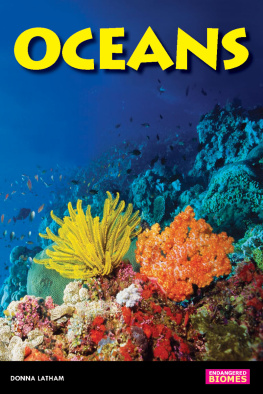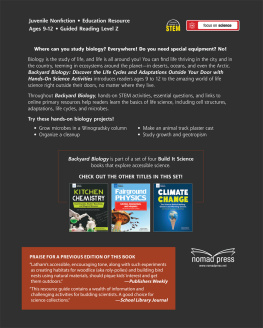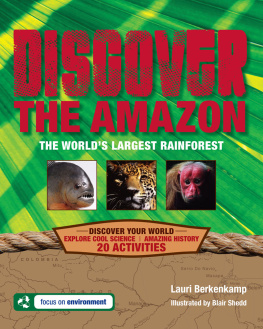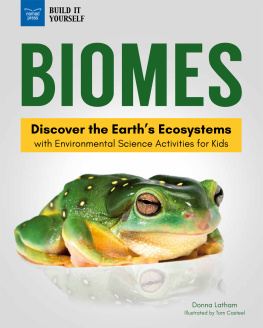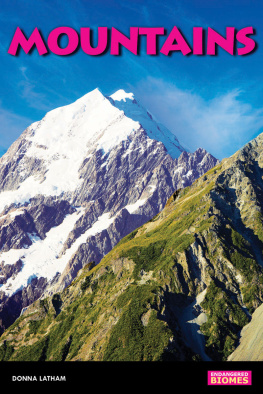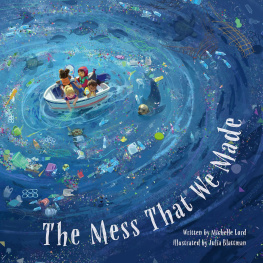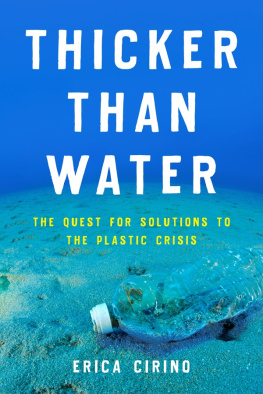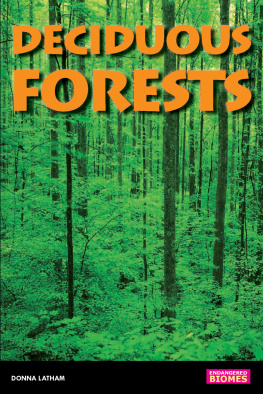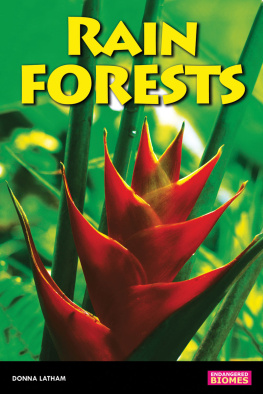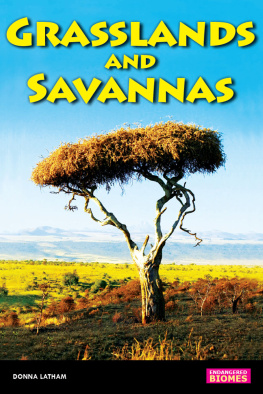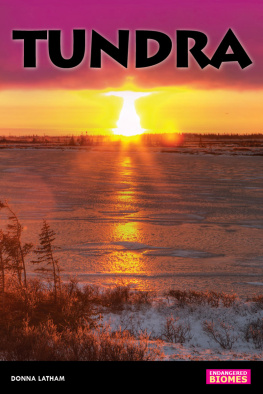
Nomad Press
A division of Nomad Communications
10 9 8 7 6 5 4 3 2 1
Copyright 2010 by Nomad Press
All rights reserved.
No part of this book may be reproduced in any form without permission in writing from the publisher, except by a reviewer who may quote brief passages in a review. The trademark Nomad Press and the Nomad Press logo are trademarks of Nomad Communications, Inc.
Printed by Regal Printing Limited in China,
June 2010, Job Number 1005019 ISBN: 978-1-934670-84-2
Questions regarding the ordering of this book should be addressed to Independent Publishers Group
814 N. Franklin St.
Chicago, IL 60610
www.ipgbook.com
Nomad Press
2456 Christian St.
White River Junction, VT 05001
www.nomadpress.net
Image Credits
.
.
Image courtesy of the Monterey Bay Aquarium Research Institute. 2004 MBARI/ .
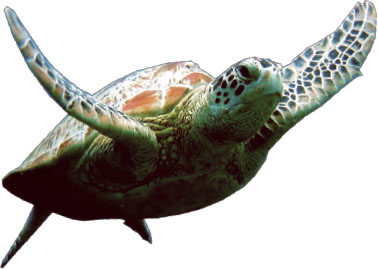
CONTENTS
What Is a Biome?

Earth is a watery world. Its nickname is the Blue Planet because water covers almost three-quarters of its surface.
The ocean is the largest of all the biomes. A biome is a large natural area with a distinctive climate and geology. The desert is a biome. The rainforest is a biome. So is the tundra in the Arctic. Biomes are the earths communities.

Words to Know
biome: a large natural area with a distinctive climate, geology, and set of water resources. A biomes plants and animals are adapted for life there.
climate: average weather patterns in an area over a period of many years.
geology: the rocks, minerals, and physical structure of an area.
adapt: changes a plant or animal makes to survive in new or different conditions.
ecosystem: a community of living and nonliving things and their environment. Living things are plants, animals, and insects. Nonliving things are soil, rocks, and water.
environment: everything in nature, living and nonliving.
Each biome has its own biodiversity, which is the range of living things adapted for life there. It also contains many ecosystems. In an ecosystem, living and nonliving things interact with their environment.
Teamwork keeps the system balanced and working. Earths biomes are connected together, creating a vast web of life.
Landscape and Climate of the Ocean
Another word for ocean is marine. The marine biome is the salt water surrounding all the continents. It includes the Atlantic, Pacific, Arctic, Indian, and Southern Oceans.

Did You Know?
Scientists dont agree on how many biomes there are. Some divide the earth into 5 biomes. Others argue for 12.

The ocean water is always moving because of the wind and the way the earth spins as it moves around the sun. Wind is moving air that starts with heat from the sun.
As the sun heats up the land, the air above it heats up and rises. Cooler air over oceans moves in to take the place of the warm air as it rises. This shifting, moving air is the wind.
When wind blows over the ocean, it pushes water on the surface. The water changes shape, forming waves. The stonger the wind, the bigger the waves.
Currents are masses of water that are always on the move!
Ocean currents on the surface are caused by wind and by the earths spinning. North of the equator in the earths Northern Hemisphere, circular currents flow in a clockwise direction. South of the equator in the Southern Hemisphere, currents move counterclockwise.
Some scientists compare currents to streams or rivers within the ocean.

The worlds tallest known wave clobbered Lituya Bay, Alaska, in 1958. This destructive wave, called a tsunami, towered 1,750 feet (525 meters). Thats hgher than he Taipei 101 Tower, the worlds second-tallest building. Tsunamis are caused by underwater earthquakes.

Although the water of the marine biome is constantly moving and mixing, water temperatures still vary quite a lot depending on location.
Polar waters, in the far north and south near the poles, are as low as a frosty 28 degrees Fahrenheit (-2 degrees Celsius). Tropical waters, close to the equator, are more like 85 degrees Fahrenheit (29 degrees Celsius). The temperature at the bottom of the ocean is much colder than at the surface.
The underwater landscape is filled with soaring mountains, vast canyons, and many active volcanoes!
The Pacific Oceans Ring of Fire contains about three-quarters of the earths volcanoes. The Ring of Fire reaches from the waters off New Zealand and around the Philippines to Alaska and down the coasts of North and South America. Underwater eruptions and earthquakes rock the waves.
Word Exploration
An aquanaut is an underwater explorer. The Latin prefix aqua means water. The Greek suffix naut comes from the word nautical. Naut means explorer or voyager. What other words do you know that contain aqua? How about naut?
Plants Growing in the Ocean Have Adapted

Scientists divide the ocean into zones, according to depth and the amount of sunlight each zone receives. When you splash in the waters at the beach, youre in the sunlight zone.
Because plants require sunlight, most ocean plants are found in the sunlight zone. Seagrass, seaweed, and algae are common here.



Colorful coral reefs are amazing examples of symbiosis. Coral is a combination of living plants and the skeletons of dead animals.
How do coral reefs form?
These incredible water rainforests start with a

